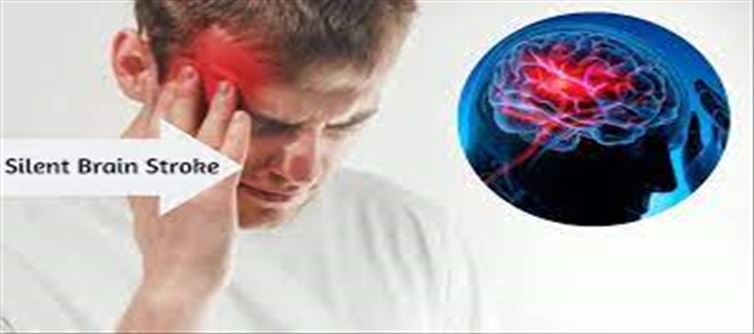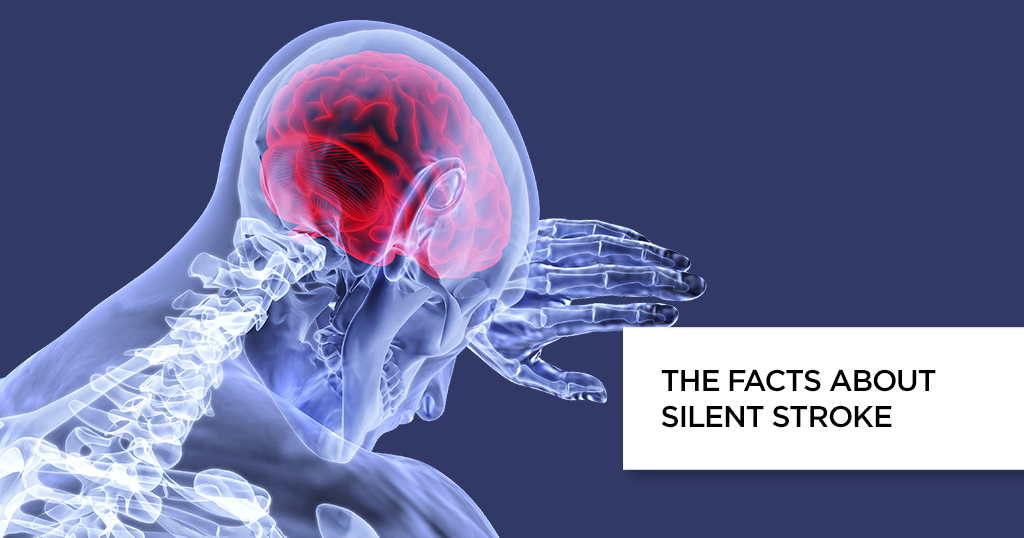
The danger of Silent Stroke and its Symptoms!!!

Stroke is sometimes silent and life can be saved only by keeping an eye on its signs. Stroke is of two types. Hemorrhagic stroke and ischemic stroke. Ischemic stroke occurs when the blood circulation in the part of the brain suddenly stops or becomes extremely low. Due to this, the tissues of the brain do not get oxygen and nutrients. On the other hand, hemorrhagic stroke is also called a bleeding stroke. Hemorrhagic stroke occurs due to bleeding in the brain due to rupture or leakage of any blood vessel present in the brain.
What is a silent stroke?
Silent strokes are usually ischemic, when a thrombus, or clot, blocks small vessels in the brain, causing damage to a small area of the brain. A silent stroke is a symptomless event that is usually detected only by neuroimaging techniques. Due to a silent stroke, the ability to think and understand may decrease.
Risk factors and causes of silent stroke
The most common risk factors are ageing and high blood pressure.
Irregular heartbeat
Large artery atherosclerosis
Coronary heart disease
Diabetes
Smoking, dyslipidemia
Symptoms of Silent Stroke
Mild amnesia
Behavior modification
Loss of balance when walking
Cognitive impairment
Mild confusion
Loss of bladder control
Silent stroke is associated with an increased risk of future stroke, which is two times higher than in the general population. Silent stroke also affects the quality of life. We can lower the chance of direct stroke, stop cognitive deterioration, and enhance quality of life by identifying and treating silent stroke early.




 click and follow Indiaherald WhatsApp channel
click and follow Indiaherald WhatsApp channel